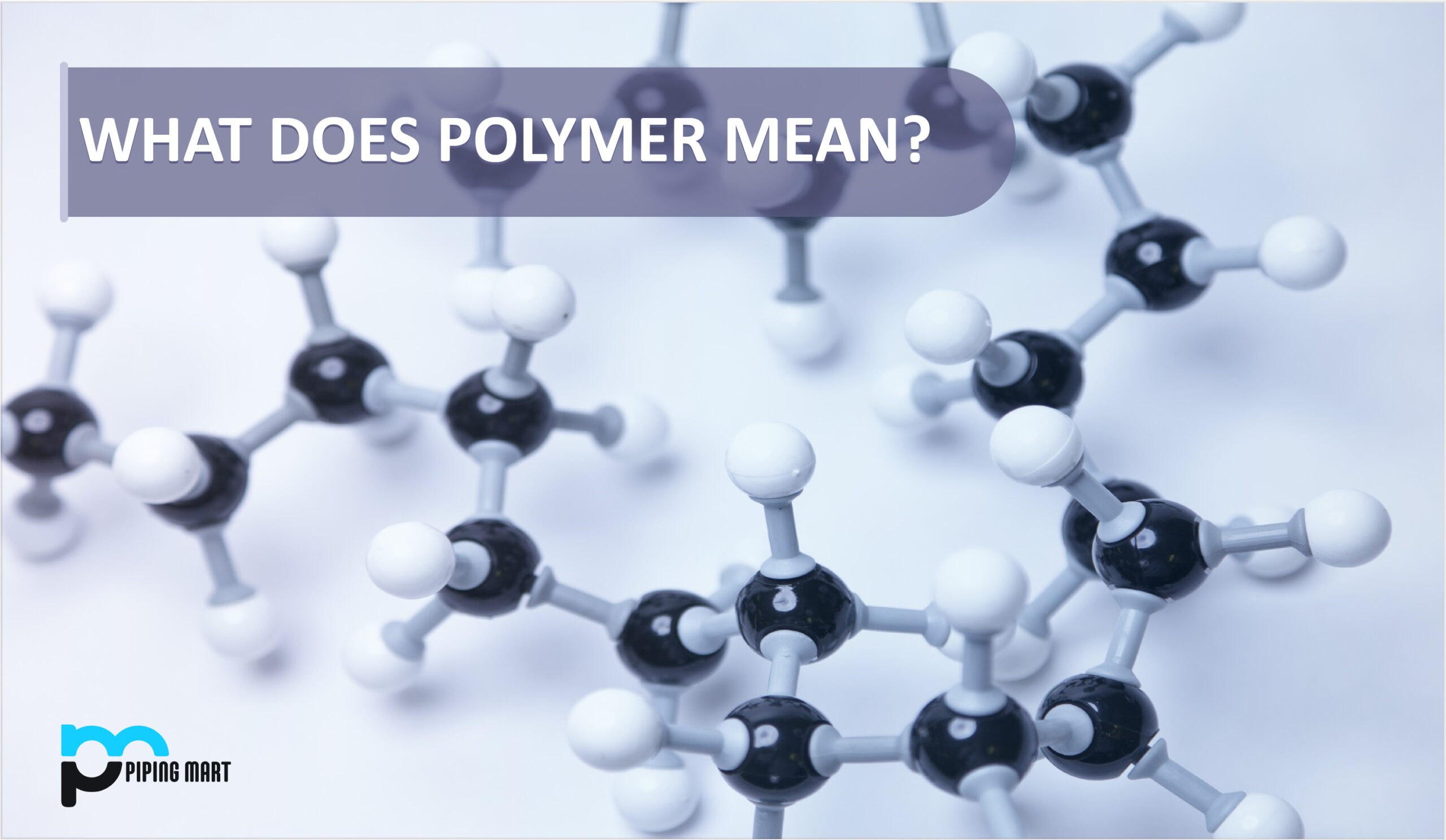Any material created by joining many pieces of a component known as a “monomer” is referred to as a polymer. Its names are “poly” (which means “many”) and “mer” as a result (meaning “unit”). Polymers are incredibly adaptable and make for a wide range of applications due to the complexity of their structures, which is very diverse. Polymers are useful in every facet of the modern lifestyle, as can be seen all around us in anything from single-use plastics to high-end electronics. As a result, polymers are substances made from a repetitive chain of molecules.
In addition to hydrogen and carbon, the unit that is repeating can also contain silicon, phosphorus, fluorine, oxygen, sulphur, and other elements. In nature, polymers can be discovered. Deoxyribonucleic acid, or DNA, and ribonucleic acid, or RNA, are the two ultimate natural polymers that explain life. The protein polymers include horn, hair, and spider silk. Given that cellulose is found in wood, a starch can be a polymer. To create manufactured polymeric rubber and plastics, we use cellulose and rubber tree latex as the raw materials.
Types of polymers
Due to their numerous and varied characteristics, as well as the fact that they can be produced synthetically or organically, polymers can be categorised in a number of ways.
- Source based classification
- Natural polymers – All polymers that are found in nature are considered natural. Rubber, polysaccharides, sugar, glycogen, and proteins are only a few examples of the most common molecules.
- Synthetic polymers – Polymers that can be produced or synthesised by people in a lab are known as synthetic polymers. These are produced for human consumption in a commercial environment. Nylon Fibers and Polyethene are two examples of commercially produced polymers that we use on a regular basis for packaging (commonly used in our clothes, ropes, etc.)
- Structure based classification
- Linear polymers – These polymers have a structure that resembles a long, straight chain with similar links connecting them. These are composed of long chains of monomers that have been linked together.
- Branch chain polymers – These kinds of polymers, as their name suggests, have a structure that resembles random branches growing out of a single linear chain. Combining monomers creates a long, straight chain with shorter branching chains.
- Crosslinked or network polymers – This kind of polymer consists of monomers linked together to create a three-dimensional network. The monomers have robust covalent bonds due to the bivalent or trivalent molecules that make them up.
- Based on molecular faces
These polymers are divided into two categories: elastomers and fibres, depending on the sort of intermolecular force of attraction present between them.
- Elastomers – These are elastic materials. They have rubber-like characteristics and have very weak intermolecular forces. Example- neoprene.
- Fibers -They are more durable than elastomers. They are more powerful because of the tremendous intermolecular forces that exist between them. Terylene, as an example.
- Based on their heat response
- Thermosetting Polymers – These polymers undergo permanent structural changes through a process known as curing rather than softening when heated. They become stronger as a result, and their form becomes rigid. Polyurethanes, epoxy, and other materials are examples.
- Thermoplastic Polymers – These polymers do soften when heated and cool down after being removed from the heat. They can be reshaped and moulded as a result. Nylon, polyester, and other materials are examples.
- Based on type of chemical reaction employed
- Addition Polymers – These are the kinds of polymers that are produced during an addition reaction. Poly-oxy-methylene is an example.
- Condensation Polymers – These are the kinds of polymers that result from a condensation reaction. Nylon-6, for instance.
Uses of polymers
- One of the plastics that is most frequently utilised in the packaging sector is polystyrene. Some of the dairy goods we use that are made of polystyrene are disposable glasses, bottles, toys, containers, trays, plates, television cabinets, and lids. Additionally, it functions as an insulator.
- For the creation of moulds, adhesives, laminated sheets, unbreakable containers, etc., urea-formaldehyde resins are utilised.
- Making sewage pipes using polyvinyl chloride is a crucial application. Electric cables can potentially use it as an insulator.
- Paints, lacquers, and metal coatings are all made with glyptal.
- In addition to being used to make apparel and furnishings, polyvinyl chloride is now well-known for being used to make doors and windows. It is applicable to vinyl flooring.
- Electrical appliances like switches, kitchenware, toys, jewellery, weapons, insulators, computer discs, and other items are made of bakelite.

Pipingmart is B2B portal specializes in industrial, metal and piping products. Also, share latest information and news related to products, materials and different types grades to help business dealing in this industry.




